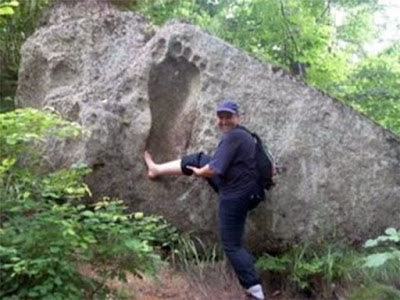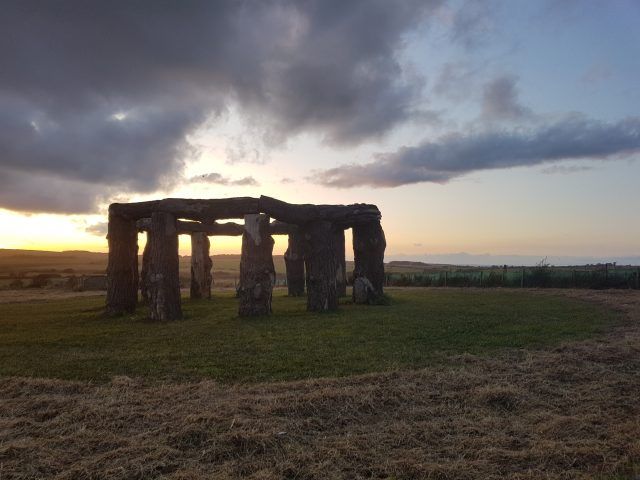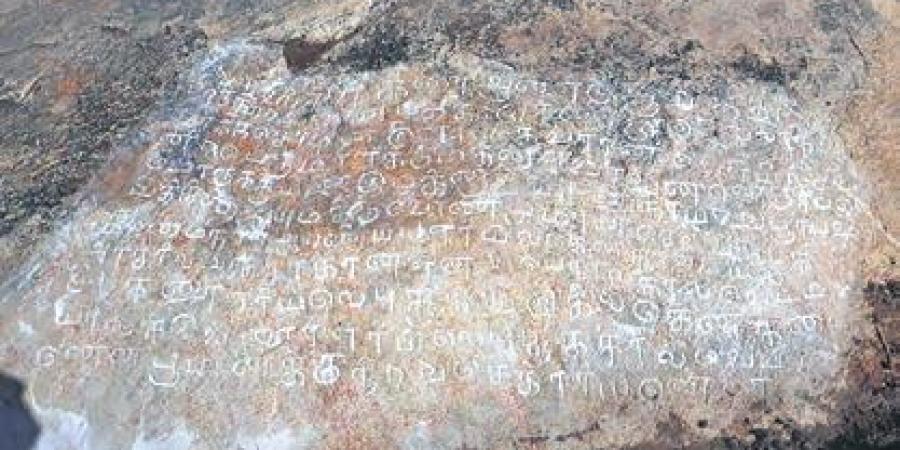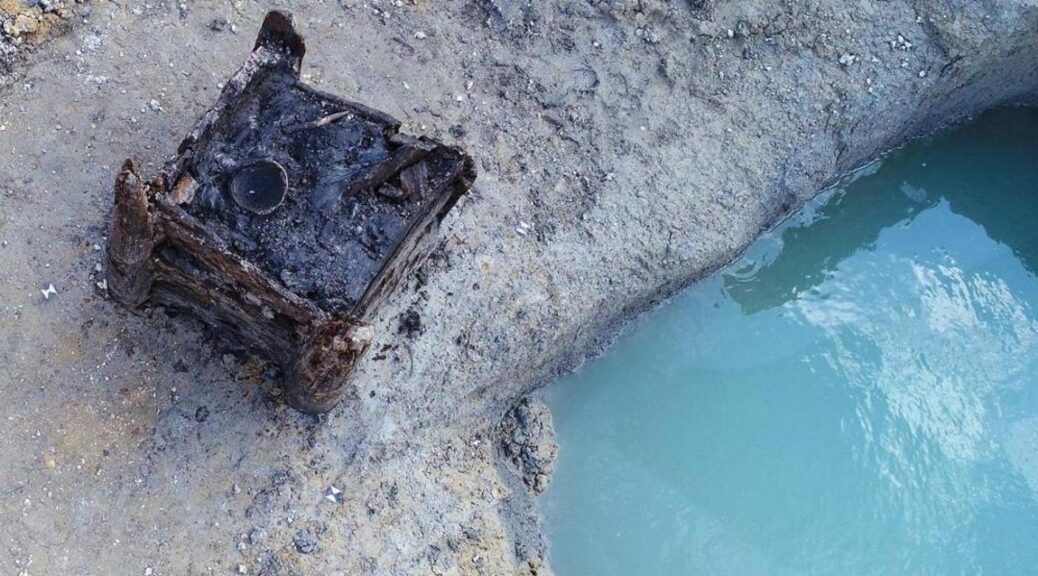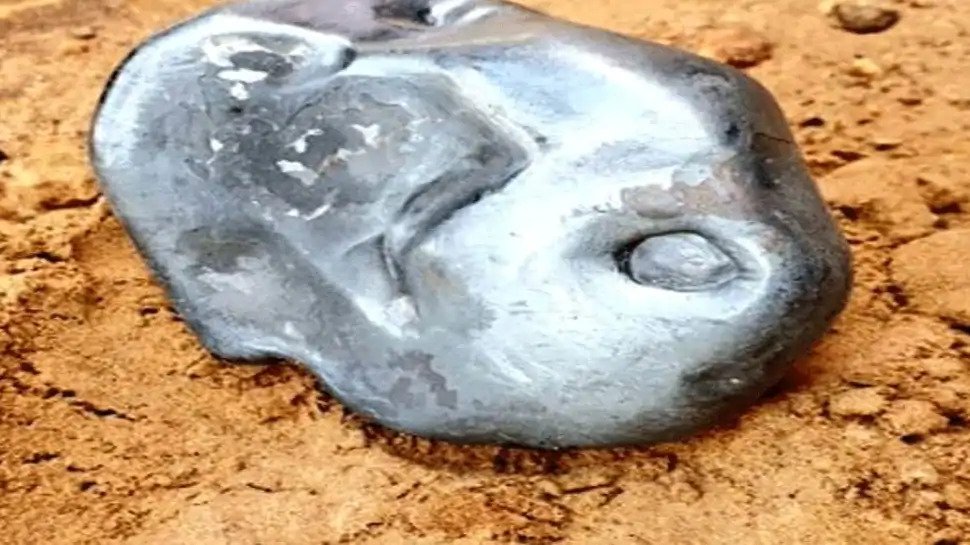Nephilim Giants must have Existed here the Evidence
Nephilim Giants in the distant past have left their big feet impressions all over the world. If you don’t believe this then please explain all these impressive footprints.
Guys that’s not one weirdo fanatic going from one country to another “in the past” with a brass or copper chisel and bringing his freaky fantasies to reality by chiselling the impression of a clown foot just to confuse the future conspiracy theorists lol. These are actual, ancient, massive – the huge footprint of a Giant. I believe that we have discovered the footprint of a Nephilim.
The ancient Nephilim was real, if you really have legitimate doubts about that, then you can please continue to check out this post and you’ll see the impressive collection of photos from around the world of ancient, petrified sediment footprints.

So, who were the Nephilim? Just who was these Giants of the ancient ages of mankind and the builders of well, nothing? Their legacy is what?
That’s it, left in these footprints? That’s rubbish. Seriously that’s really crap. If I had massive feet I’d be kicking forest over, kicking something anyways? Probably other Giants.

Did you know David and Goliath the Bible story? Well, the giant Goliath is only 6 foot 9 inches. Hardly a giant. But if you look back on ancient history, everyone is small. Everyone is small in stature.
Columbus was said to be a giant but was only 6 foot he was taller than “any” European of the day. You see, humans have always been small unless you look back on the very early different genealogy then you see that different lines have different sizes.
Fun facts:
Shadowhunters, (link here) also known as Nephilim, are a secretive race of beings who are humans born with angel blood, (I honestly have not measured their feet though).
They have fought demons and lived alongside Downworlders in the Shadow World for well over a thousand years, creating their own culture and civilization within human society.
It was a warlock who supposedly summoned the Angel Raziel to create the first of the Nephilim. Although “witch” is generally a term used to refer to mundanes who partake in witchcraft, it is also sometimes used to refer to female warlocks.
But how big were their feet? Well, they were absolutely huge! Check out the photo below… It’s obvious to me and you that this must be more than 20 thousand years old, 30 thousand years maybe? Okay, what about 50 thousand years ago?
The stone here must have originally been flat, but the Earth must have erupted, it’s either slowly moved to its current position or it was thrown there by a tremendous eruption of a volcano?
Then there’s this very unique imprinted footprint of what can only be described as a human footprint! I’m sometimes speechless and on this occasion I am.

I like to believe in hard evidence which I will always believe as opposed to an educated guess. Evidence always trumps the guess.
